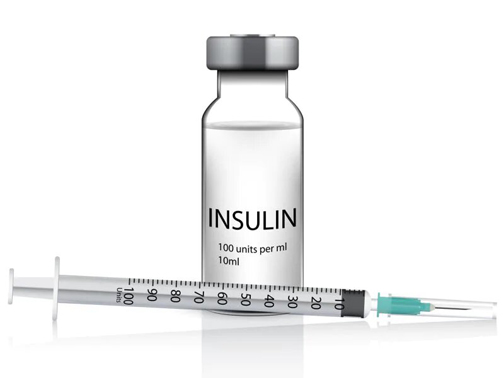
Photo provided by Medical Xpress
By Mary O’KEEFE
Many people, with and without insurance, worry what would happen if they could not afford their medication. It is especially worrisome for those who are on regular medication like insulin.
According to reports, insulin costs have been increasing over the last few years and the costs have not matched inflation. Prices can range monthly from $140 for brand name medication to $60 for generic.
Aggregate out-of-pocket spending by people with Medicare Part D insurance for insulin products quadrupled between 2007 to 2020, increasing from $236 million to $1.03 billion. The number of Medicare Part D enrollees who use insulin doubled over these years from 1.6 million to 2.2. million, according to Kaiser Family Foundation.
The average for Medicare Part D enrollees without low-income subsidies spent $572 per person for insulin in 2020, and some spent even more, according to Kaiser.
Which is why this month’s announcement from Eli Lilly was such good news for those who depend on this medication.
On March 1, the company announced a price reduction of 70% for its most commonly prescribed insulin and an expansion of its Insulin Value Program that caps patient out-of-pocket costs at $35 or less per month, according to a statement from Eli Lilly.
“While the current healthcare system provides access to insulin for most people with diabetes, it still does not provide affordable insulin for everyone and that needs to change,” stated David A. Ricks, Lilly’s chair and CEO. “The aggressive price cuts we’re announcing should make a real difference for Americans with diabetes. Because these price cuts will take time for the insurance and pharmacy system to implement, we are taking the additional step to immediately cap out-of-pocket costs for patients who use Lilly insulin and are not covered by the recent Medicare Part D cap.”
In addition the company will cap out-of-pocket costs at $35 at participating retail pharmacies for people with commercial insurance using Lilly insulin.
People without insurance can continue to go to InsulinAffordability.com and download the Lilly Insulin Value Program savings card to receive the insulin for $35 a month.
This is especially good news for those on a fixed income who often have to choose between meals and medication.
This move comes as patient advocates, who are now joined by many lawmakers, are pressuring drug makers to do something about the high prices of medication.
“The American Diabetes Association is the leading voice advocating for insulin affordability and is working to ensure that all people with diabetes have access to the care they need. We applaud Eli Lilly for taking the important step to limit cost-sharing for its insulin and we encourage other insulin manufacturers to do the same. While we have been able to help achieve significant progress on the issue of insulin affordability, including Medicare’s new out-of-pocket cost cap on insulin, state copay caps, and patient assistance developments from insulin manufacturers, we know that our work is not done. We will work to ensure that Eli Lilly’s patient assistance program is benefiting patients as intended and continue the fight so that everyone who needs insulin has access,” stated Charles “Chuck” Henderson, CEO of the American Diabetes Association.
For those who may want more information on insulin visit insulinhelp.org, and of course check with your physician.
